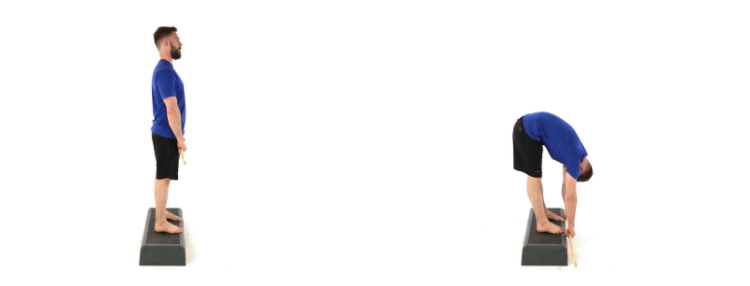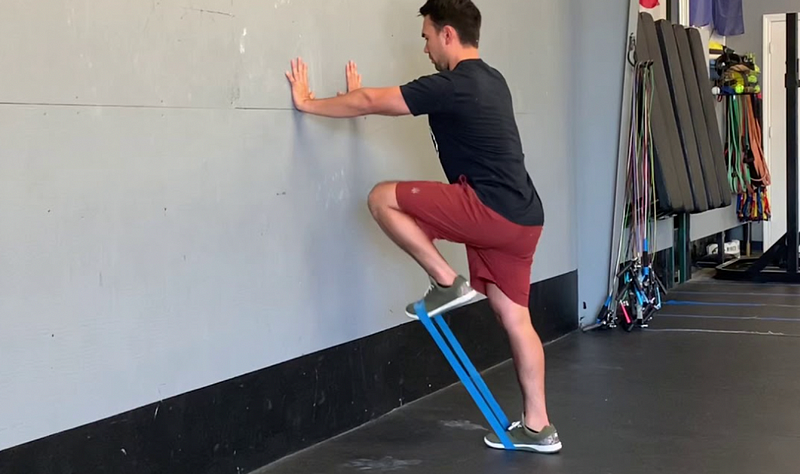Understanding Muscle Tightness: A New Perspective on Flexibility
Written on
Chapter 1: The Misconception of Muscle Tightness
Across the globe, individuals are often engaged in stretching their tight muscles, hoping to alleviate discomfort and tension. Some follow this routine due to traditional teachings, while others rely on instinct. However, there is a crucial insight to grasp about our complex human body:
A muscle that feels tight is not necessarily a shortened muscle; it is often a weak one.
Let me reiterate: unless an unusual pathology is present, the sensation of tension or irritation in a muscle typically stems from weakness rather than contraction. This feeling of tightness does not originate from within the muscle fibers themselves; rather, it is more a sensory issue influenced by components of the nervous system and surrounding tissues. They may lead you to feel 'inflexible', but they are not tight in the conventional sense.
As Dr. Grant Elliot notes, this tightness is often a result of neurological inhibition, where muscles lack the necessary control and strength.
Armed with this understanding, we can shift our approach to treatment, abandoning passive methods in favor of active strategies. While stretching might provide temporary relief, it offers minimal long-term benefits for muscle and neural adaptation. In essence, it won’t strengthen your weak muscles, which could be the primary source of your discomfort.
Conversely, resistance training has the power to enhance your physiological state and achieve lasting gains in flexibility. However, simply lifting weights without a structured strategy won’t yield significant results. A targeted approach is essential for optimizing this training technique and ensuring the success of your musculoskeletal system.
Let’s explore how to achieve this.
Outsmarting Your Body's Perception of Tightness
It’s time to stop attributing our muscle tightness solely to the fibers themselves. The underlying issues are often multifaceted and extend beyond the elasticity of a single tissue. By shifting our perspective from “How can I lengthen my short muscles?” to “How can I strengthen my tissues?” we can begin to alleviate discomfort.
“Muscle tightness is not merely a physical issue; it’s often a sensitivity triggered by inflammation.” — Physiotutors
The sensations you experience are frequently linked to surrounding tissues, like fascia, with the nervous system playing a critical role in this experience. Here are several factors that may contribute to your muscle discomfort:
- Overload due to muscle weakness
- Muscle imbalance
- Insufficient activation
- Past injuries
- Heightened sensitivity (from stress, diet, sleep, etc.)
- The belief that you are inherently tight
Fortunately, there are strategies available to help ease these sensations. By focusing on building stronger tissues instead of merely attempting to lengthen them, we can implement effective solutions.
The key lies in stretching vulnerable tissues under load.
Incorporating eccentric (lengthening) exercises into your routine can lead to lasting neuromuscular changes. This not only improves flexibility but also strengthens and enhances functionality within your newfound range of motion.
To facilitate this transformation, let’s examine three highly effective exercises targeting areas such as the hip flexors, lower back, glutes, hamstrings, calves, and chest. Engaging in these exercises 2–3 times weekly will significantly enhance your flexibility and functionality, helping you bid farewell to tight muscles for good.
Let’s dive in.
- Jefferson Curl

Application: 2 x 10–15 reps
Cues: This deadlift variation is excellent for fostering confidence in spinal flexion and achieving a deeper range of motion. Start with a barbell or kettlebell, ensuring the weight is sufficient to stimulate your tissues without being too heavy. Gradually increase the load as your strength develops.
Begin by rounding your spine and rolling down one vertebra at a time, from your head to your lower back. Reach your maximum pain-free range and hold for 2–3 seconds. Feel free to bend your knees slightly if it aids your movement. Then, reverse the motion, rolling back up from your lower back to your head.
- Sliding Chest Flies

Application: 2 x 8–10 reps
Cues: Use long socks, sliders, or small towels on a smooth surface. Position yourself in a wide push-up stance with palms facing each other. Gradually drive your arms apart, simulating a chest fly using just your body weight. After reaching your maximum control, lower yourself down and reset.
Aim for 3–4 seconds per rep; this will engage every fiber of your chest. As this movement can be advanced, begin with a lower rep range until you feel more confident.
- Standing Psoas March

Application: 2 x 8–10 reps per side
Cues: Stand on a resistance band and alternate knee lifts, holding each position for 2–3 seconds before slowly lowering for 4–5 seconds. Maintain an upright spine, engaged core, and relaxed shoulders. It’s time to shift focus from stretching the hip flexors to strengthening them!
For additional exercises, explore my complete library of rehab guides and workout routines designed for various needs and abilities.

In Conclusion
When faced with tight, sore muscles, remember to prioritize strengthening rather than stretching. While current measures may provide temporary relief, true resolution of your discomfort lies in enhancing strength to promote flexibility and function. With the tools now at your disposal, you are well-equipped to embark on this journey toward optimal health.
Are you prepared to abandon old habits and experience the benefits of improved health?
You can do this!
-David Liira.Kin
Video Description: Explore the concept of muscle tightness and its common misconceptions, along with effective strategies for overcoming it.
Video Description: Discover why muscle tightness is often misunderstood and how to approach it from a different perspective for better results.